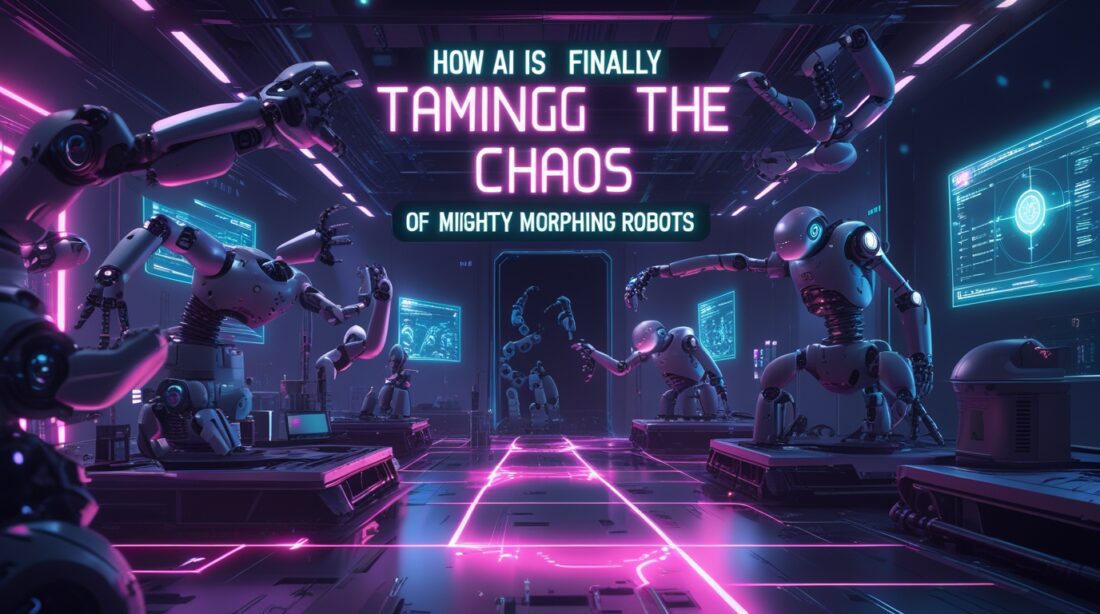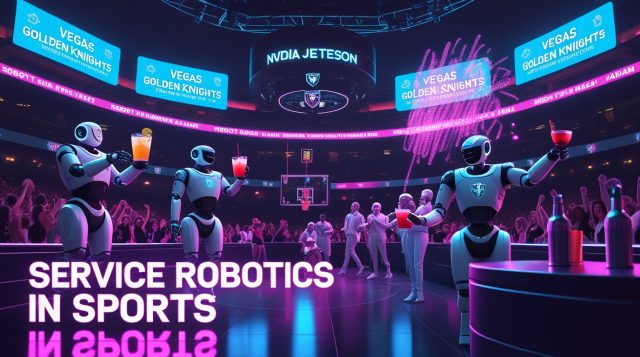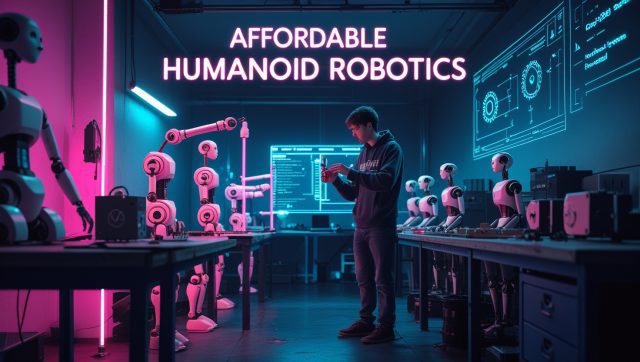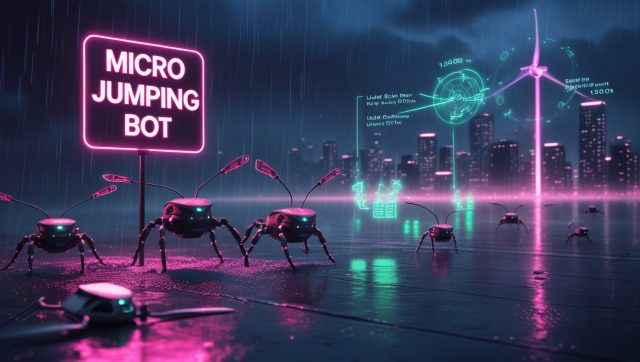A quiet revolution is brewing in robotics labs, and it’s not about building stronger arms or faster legs—it’s about teaching robots how to shrink, stretch, and reshape themselves for the real world.
How AI Is Finally Taming the Control Chaos of Mighty Morphing Robots.
In a lab at UC Berkeley, a robot inspired by a lobster walks across a table. Nearby, a tentacle-like actuator gently curls around a ball. These aren’t just isolated prototypes; they are the early signs of a shift in how robots are designed. For decades, robots have been rigid, both in their physical structure and their function. Now, a new AI-driven morphing robot design is challenging that very foundation.
The breakthrough, led by researchers at UC Berkeley, Carnegie Mellon, and Georgia Tech, tackles a fundamental problem: the more adaptable and shape-shifting a robot becomes, the more astronomically complex it is to control. Their solution, detailed in Nature Communications, uses an AI robot co-design framework to automatically design robots that can perform complex tasks with a minimal number of control units.
Why Morphing Robots Were Stuck in a Control Nightmare
The concept of a shape-changing robot actuator network—a “variable geometry truss” made of hundreds of beams and joints—has long been a dream. Like an octopus squeezing through a tiny sea cave, these robots could, in theory, adapt to almost any environment or task.
The promise is incredible volumetric transformation. But the reality was a control complexity in modular robots of staggering proportions.
Every additional moving part, or actuator, added to the robot’s truss increases its possible motions. It also exponentially increases the number of inputs a designer has to manage. You might have a robot with hundreds of individual muscles but no practical way to coordinate them into a coherent, useful motion.
Designers could manually group actuators into actuator networks for robot control optimization, but as Professor Lining Yao, the study’s principal investigator, notes, this process is “both tedious and labor intensive.” This challenge mirrors the difficulties faced in other complex systems, such as industrial AI implementation, where streamlined solutions are critical for scalability.
How AI Cuts the Control Chaos: The “Sweet Spot” for Simplicity
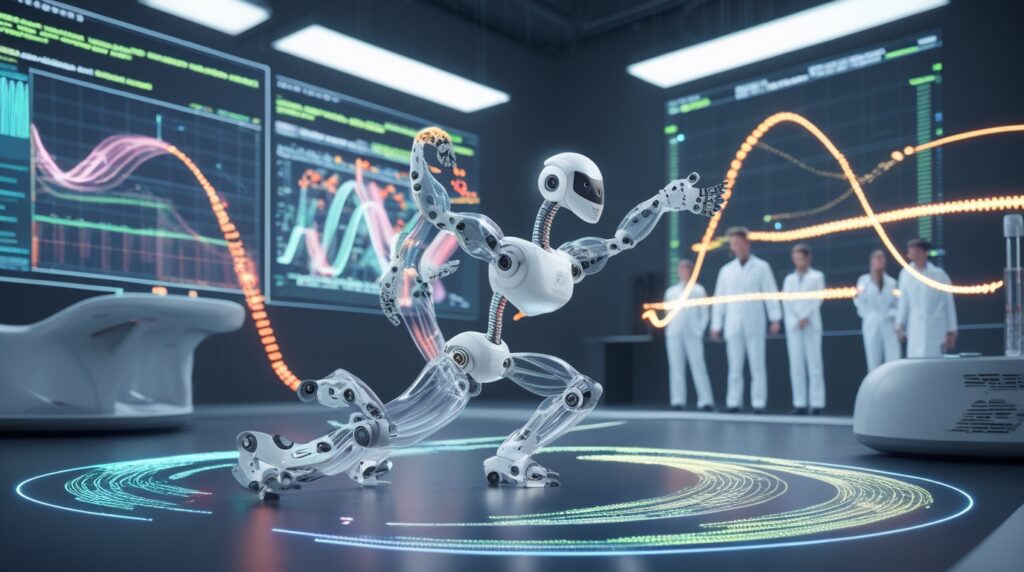
This is where the new AI-driven design tool for robots changes the game. Instead of a human designer painstakingly mapping every actuator, a genetic algorithm for robot design is deployed to explore the vast combinatorial space of possible designs and control groupings.”
By using a genetic algorithm, our optimization method can figure out the minimum number of control units needed to achieve the tasks you want,” said Professor Yao. “So you can automatically design a robot able to meet all of your objectives—such as morphing into certain shapes, moving as fast as possible and grabbing a ball.”
The AI doesn’t just create a functional robot; it finds the most efficient one. The research identified a statistical “sweet spot”—the optimal number of control channels where you achieve maximum performance without unnecessary complexity. This approach is directly inspired by biology and AI for robotic muscle synergy. For a deeper look at how AI draws from biological systems, biohybrid insect technology offers a compelling parallel in leveraging nature for robotic innovation.
“We took inspiration from muscle synergy in biology, where complexity is managed through coordinated groups rather than individual control,” explained Jianzhe Gu, the study’s lead author. “By doing the same, we turned the combinatorial space of actuator groups into a way to achieve scalable control for volumetric transformations with just a handful of control units.
“The results were real-world shape-shifting robots that could achieve complex shape adaptations and locomotion with a fraction of the expected control complexity. This breakthrough aligns with advancements in soft robotics with artificial muscles, which are redefining how flexible systems operate in dynamic environments.
Why This Matters for Industry: Beyond the Lab
The implications of this research extend far beyond academic prototypes. The global robotics industry is expanding rapidly, with the market expected to more than double from $71.78 billion in 2025 to $150.84 billion by 2030, according to Statista’s robotics market forecast.
Within this growth, a key challenge is moving robots from structured environments, like automotive assembly lines, into the unpredictable chaos of everyday work. This requires a new level of adaptability—and adaptive industrial robot applications are becoming crucial. For instance, BMW’s use of humanoid robots in precision manufacturing showcases how flexible automation is already transforming production lines.
Imagine a factory where the same robotic platform can morph from a welder into a material transporter. Envision a smart hospital bed with robotics that can automatically adjust to turn a patient or provide therapeutic massage—an innovation Professor Yao’s team is already exploring. This is the promise of morphing robots in manufacturing powered by AI. For a broader perspective, NVIDIA’s humanoid robot factory plans for 2026 highlight the industrial scale of such innovations.
AI simplifies robot programming, reduces design time, and minimizes the number of control units, showing how AI simplifies robot programming and minimizes robot control units with AI can drastically cut costs while improving performance. This efficiency is critical in applications like predictive maintenance AI, which similarly optimizes industrial processes.
The Future of Morphing Robots: AI as a Collaborative Designer
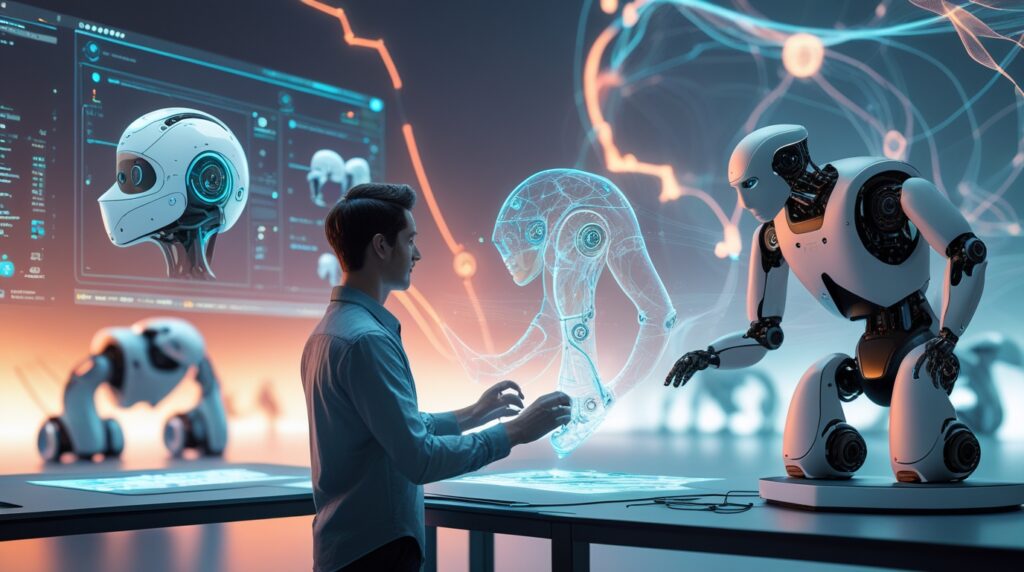
The current framework is a powerful collaboration between human and machine. The designer provides the initial input—the desired shapes and behaviors—and the AI finds the optimal physical and control design to achieve it.
The next step is to make the AI even more generative. “Imagine that you want to design a helmet that fits your head,” said Professor Yao. “The hope is that a generative AI framework will be able to look at you, determine your dimensions and the situations where you might use the helmet, then automatically generate different shape states and the control policy.
“This points to a future where AI in robotic design automation transforms the way we build machines. It could even influence applications of shape-changing helmets or future adaptive wearables with AI, leading to bio-inspired robot design advantages and adaptive industrial systems that evolve alongside human needs. For more on this trend, Robotics Business Review covers how AI-driven automation is reshaping industries.
This evolution is part of a broader trend where AI is deeply embedded in robotics. According to the 2025 AI Index Report from Stanford HAI, AI is increasingly embedded in everyday life and business is “all in on AI,” with 78% of organizations reporting its use.
The future of AI-generated robotics and the future of morphing robots point toward intelligent machines that design, build, and optimize themselves. These AI-driven morphing robots may soon be as common as traditional industrial arms—only smarter, lighter, and far more flexible.
Frequently Asked Questions (FAQ)
How do morphing robots work?
They use an AI-driven framework to manage hundreds of actuators through grouped control networks. This allows shape-shifting without excessive complexity, turning the concept of a variable geometry truss into a practical, controllable design.
What are the benefits of morphing robots in industry?
Morphing robots can adapt to multiple roles—cutting down costs, increasing efficiency, and enabling flexible, scalable automation. They offer a significant industrial AI analysis for robotics, showing real potential in manufacturing, healthcare, and adaptive environments.
What are the challenges in controlling soft robotics?
Soft robots have fluid, flexible structures that make motion prediction difficult. AI optimization helps overcome these issues by finding the simplest yet most effective control structure.
How much does morphing robot technology cost?
The cost of morphing robot technology varies widely based on the number of actuators, materials used, and integration of AI systems. As AI frameworks mature, production costs are expected to decline, making these systems more accessible.
What research inspired this innovation?
This project was driven by UC Berkeley morphing matter lab research, which focused on combining AI and bio-inspired mechanics to achieve scalable, adaptive design frameworks.
What are the latest breakthroughs in robotics 2025?
Among the most exciting are AI-generated morphing robots, scalable actuator grouping systems, and adaptive industrial automation—defining the latest breakthroughs in robotics 2025.
TL;DR
A new AI-driven morphing robot design from UC Berkeley and its partners solves one of robotics’ biggest problems: how to control highly flexible robots. Using a genetic algorithm for robot design, the framework reduces complexity, optimizes control, and enables scalable, real-world applications in manufacturing, healthcare, and adaptive wearables.
